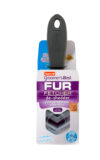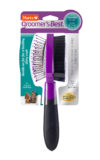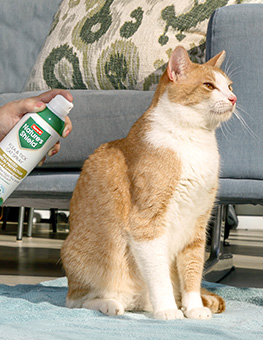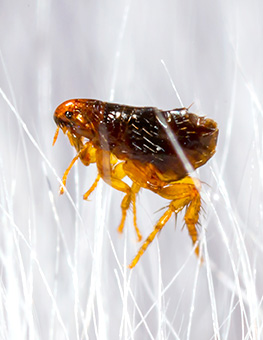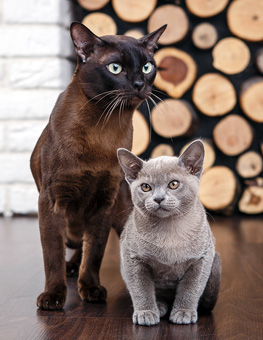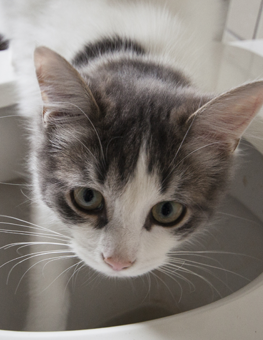How to Give Your Cat a Flea Bath
Spotting fleas or their eggs on your cat or in your home is every cat owner’s worst nightmare. Unfortunately, fleas can be a big problem year-round, regardless of temperature.
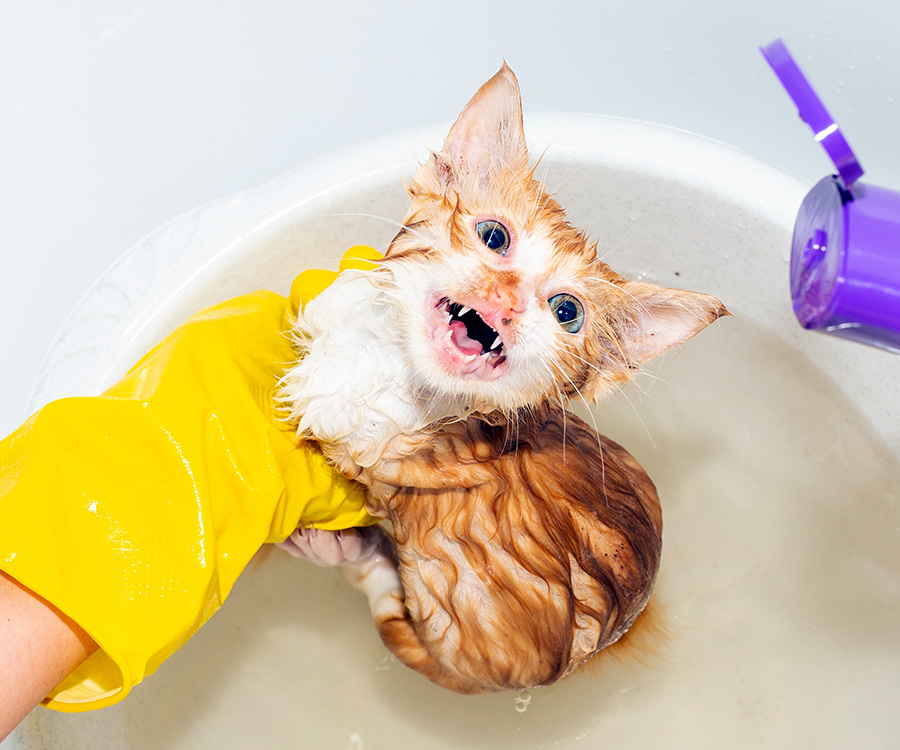

Bathing a feline with fleas is a harrowing task for cat owners and cats.
They can even find their way to your cat even if she is kept exclusively indoors. Possibly worse than the sight of fleas is figuring out how to give your cat a flea bath.
Bathing a cat with fleas is a harrowing task for any cat owner (not to mention any cat). Here are some tips to make taking care of fleas an easier and less stressful process for everyone involved.
- Prevent fleas in the first place. A monthly flea preventative or flea collar is a great idea as a way to keep fleas at bay in the first place. Try Hartz® UltraGuard Pro® Flea and Tick Drops for Cats to ensure that fleas and ticks are dead before first bite. It even repels mosquitos and is safe for cats and kittens 12 weeks and older. An even lower-maintenance option is the Hartz® UltraGuard® ProMAX Flea & Tick Collar for Cats and Kittens. This water-resistant collar is good for up to seven months of flea and tick prevention!
- Pick the appropriate shampoo. If a flea bath for your cat is necessary to solve your feline's parasite woes, a quality flea shampoo is a must. Look for a shampoo that is safe for your kitty’s skin and can kill fleas and their eggs after just one treatment. Be sure to let the product sit on his skin for at least five minutes so the active ingredients can do their job. When choosing a shampoo, be sure to use a product that is specifically designed for cats. Dog shampoos can be harmful to your kitty!
- Use your kitchen sink. Instead of straining your back leaning over in the bathtub, use your kitchen sink to give your feline a quick bath. Rather than fully submerging your kitty, fill the sink with only a few inches of warm water and use a sponge or washcloth to rinse and lather up her coat. Be careful not to splash her face or get any shampoo in her eyes. However, fleas love to hang out around the ears and neck area, so be sure to use a flea comb on your cat afterwards if you aren’t able to scrub that part of her thoroughly. Delectables™ Squeeze Up™ treats are great for keeping kitty calm during bath time. Have a partner at your cat’s head, letting her lick up the treat while you scrub to keep her stress levels down.
-

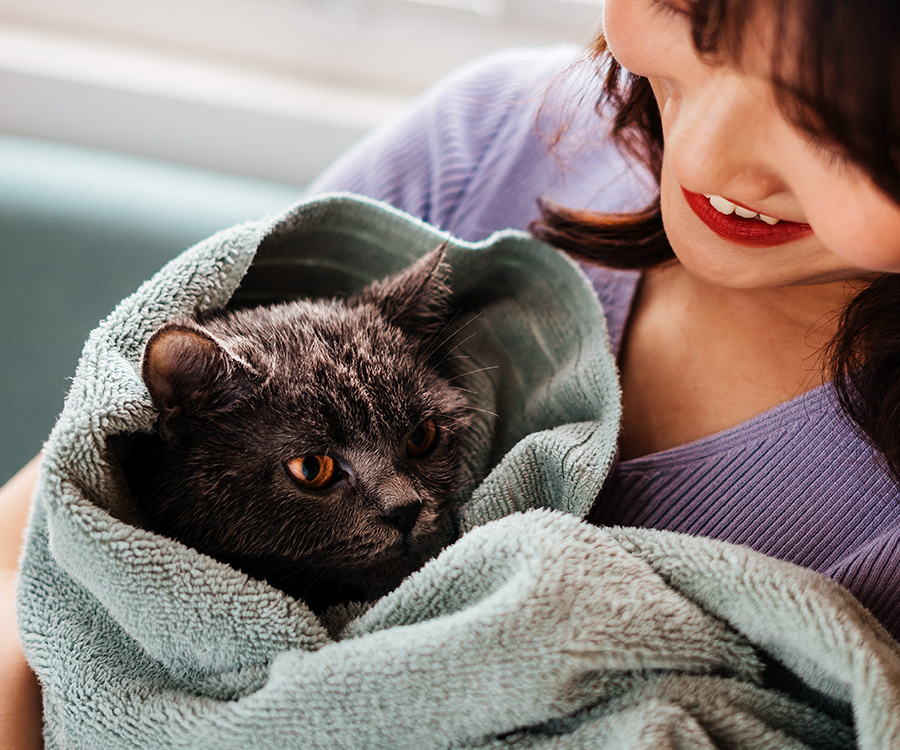
Cradle your furbaby to help her unwind after the flea bath.
Post-bath regimen. After you've thoroughly cleaned off your feline's coat, give his coat a thorough brushing. You may also want to comb through everything with a flea comb to remove any dead fleas or eggs that weren’t washed away during the bath. Wrap your cat up in a towel to remove any excess moisture and cradle her for at least five to 10 minutes to help her unwind after the bath. Lastly, be sure to take a few cotton balls and dry out the inside of your feline's ears to prevent any chance of infection. Knowing how to bathe a kitten with fleas is a little different. Remember that young kittens cannot regulate their body temperatures like adult cats can, so you’ll want to provide a nice warm heating pad or hot water bottle for them as they dry.
A flea bath for your cat is probably not something you're looking forward to at any time of the year, but with historic levels of fleas and ticks in many parts of the country, it's best to be prepared for the worst. By having quality Hartz products handy and a clear plan in mind, you can make the experience less stressful on your cat and keep her pest-free throughout the year.



